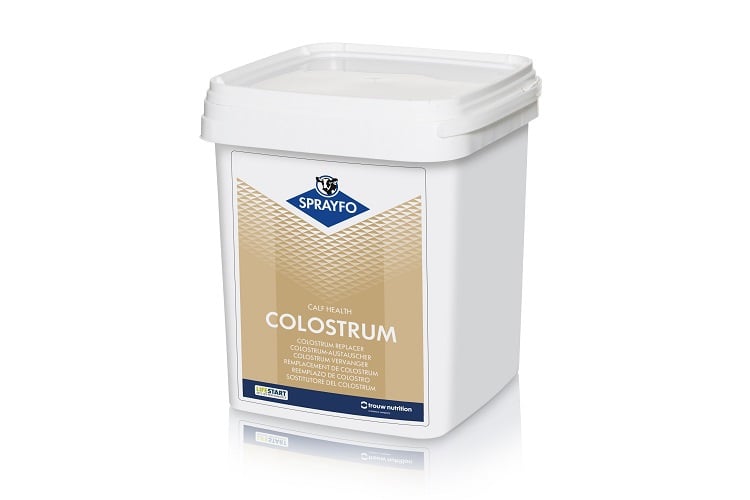There are a number of bovine pathogens that cows can shed in milk. This does however not automatically mean that feeding whole milk to calves plays an important role in spreading all of these aforementioned calf pathogens! Apart from the risk of direct transmission via infected milk, feeding whole milk will increase the amount of human traffic between cows and calves, increaseing the risk of calves getting infected via faeces from cows suffering from disease.
Johne's disease in dairy calves
Mycobacterium paratuberculosis (MAP) which is the cause of Johne’s disease in calves and can be shed via colostrum, milk and via faeces of infected cows. The amount of shedding of mycobacterium paratuberculosis through milk is low compared to the amount of shedding via faeces, but milk can easily be contaminated with faeces containing MAP during the milking process. For this reason, feeding whole milk to calves increases the risk of Johne’s disease. A Sprayfo technical bulletin with morte details about eradication of Johne's disease is available.
Salmonella infections, Mycoplasma bovis and Bovine Viral Diarrhoea
Salmonella infections in calves
Salmonella infections occur mostly in young dairy calves. Cows can become carriers of the infection for the rest of their lives and often start shedding Salmonella in the 1st week after calving. Cows infected with Salmonella can shed bacteria mainly via faeces but also via milk.
A Salmonella control programme should be based on strict hygiene. Direct and indirect contact of calves with milk and faeces from cows which could potentially be shedders of Salmonell infection should be avoided. Therefore, feeding whole milk to dairy calves on a farm infected with Salmonella increases the risk of infection.
Mycoplasma bovis
Mycoplasma bovis infections can cause mastitis, abortion in cows, pneumonia and ear infections in calves and arthritis in cattle of all ages. Mycoplasma bacteria spread through direct contact between animals or via rodents, but can also be transmitted via contaminated equipment or through feeding of infected milk. Feeding whole milk, particularly waste milk, is therefore an important risk factor for bovine mycoplasma infections in dairy calves.
Bovine viral diarrhoea
Cows can shed bovine viral diarrhoea virus in milk, but the most important source of infection are calves and cows persistently infected with BVD. A control programme should therefore involve identifying and culling BVD shedders and pregnant animals should be protected against BVD infection by vaccination. Infection through milk is extremely uncommon, so feeding calf milk replacer instead of whole milk is not a requirement for a control programme on a farm infected with BVD.
The risk of feeding waste milk
Some farmers believe that feeding mastitis milk can cause disease in dairy calves. Out of the bacteria commonly causing bovine mastitis, only E. coli is a known cause of calf scours, but strains involved in bovine mastitis are different from the strains involved in calf scours. Furthermore, cows recovering from E. coli mastitis do not shed bacteria in milk. Therefore, feeding waste milk containing mastitis pathogens does not increase the risk of disease in dairy calves.
There is however a serious risk that feeding waste milk containing antibiotics results in induction of antimicrobial resistance.

The science behind Sprayfo.
Health risks explained through scientific insights.
Download the special Sprayfo technical bulletins for more information on calf health issues. There are technical bulletins called "Johne's disease in calves", "Disease risks asscociated with feeding whole milk to calves" and "The risk of induction of AMR as a result of feeding waste milk".






